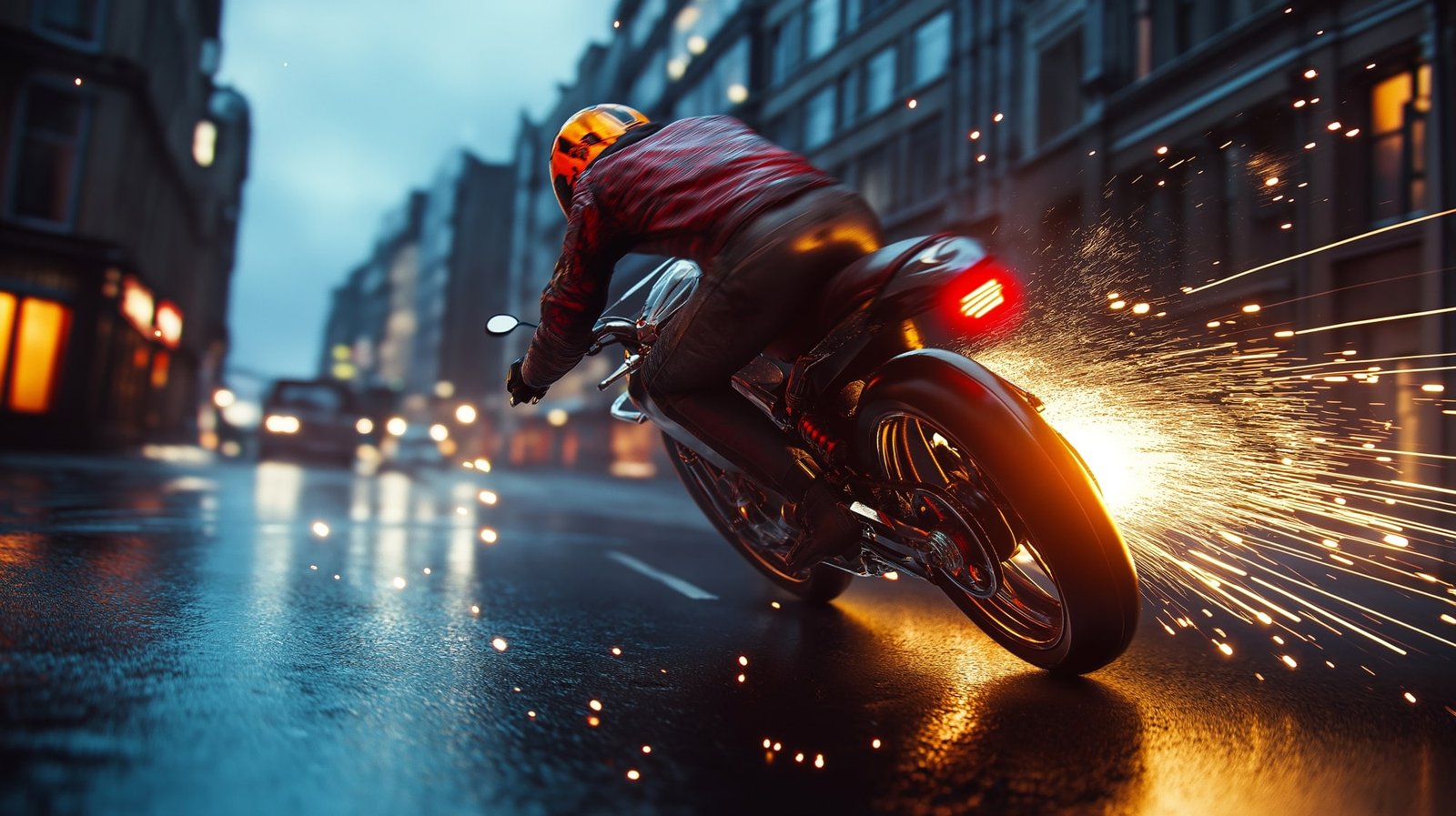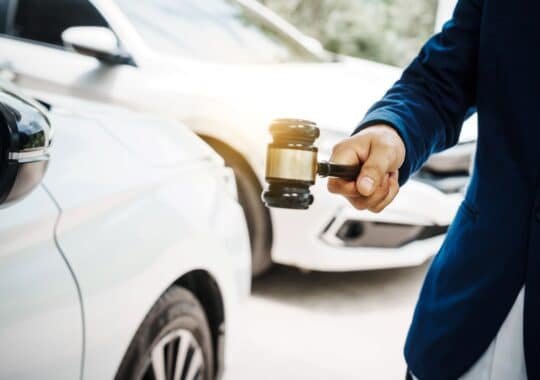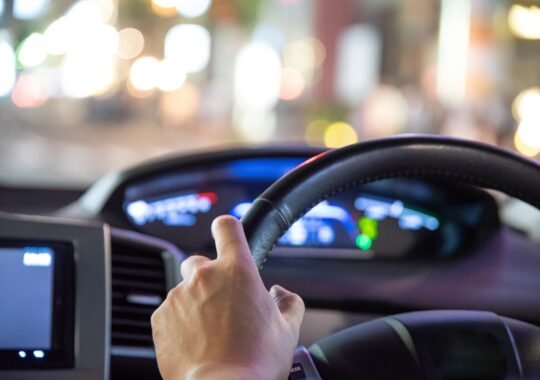|
Getting your Trinity Audio player ready...
|
According to the National Safety Council reports, the numbers given out showed that 2023 saw 6,335 deaths in motor vehicles. The incidents mentioned were fatalities that were preventable with proper rider acquaintance with the safety laws.
All motorcycle riders should know basic motorcycle safety. Performing the right actions, like putting on the proper protective gear and learning the correct method of riding the bike, is essential and very important.
The environment can render a particular ride dangerous at a certain point. The weather needs to be factored into your ride. You need to conduct a regular maintenance schedule for your vehicle.
Let’s go over all safety tips that one should have ready for any safe experience on the road.

Wear Proper Protective Gear
Wearing protective gear increases professional image and provides safety to the rider on the road. Your helmet serves as your primary protector. Buy those that are DOT-approved and see to it that they fit snugly.
Go for a good jacket with abrasion-resistant material protection, along with gloves that provide grip and protection. Wear trousers and boots for injury prevention in case something goes amiss.
There are reflective materials you can sew onto your protective clothing. This will enhance the visibility of your body at night or in low-light conditions. Check for any damage to your gear in between rides.
Understand the Basics of Motorcycle Operation
According to motorcycle accident lawyer Matthew R. Price, all motorcyclists encounter huge dangers when riding and even the most incredibly careful riders can be involved in unforeseen accidents and still receive very severe injuries. Accidents can happen very suddenly, but riders can still decrease the severity of their injuries if they adopt safe riding practices and master their technical skills.
Protective clothing is the minimum level of protection, and it should be worn when actually riding a motorcycle. With motorcycle handling, technical knowledge is involved. You should be familiar with the controls on the motorcycle, like the throttle, brake, and clutch. Smooth application of controls helps with the motorcycle’s control.
Know the weight distribution of your motorcycle, as this is going to influence handling, especially in turns. Always look where you want to go since the machine tends to follow your gaze. Lean your body into the turn because it helps with balance.
Testing the brakes and experimenting with gear shifts should be regularly done on road surfaces. Developing proficiency in these areas will make your outings safer.
Perform Regular Maintenance Checks
One has to schedule maintenance as a routine to ensure that the motorcycle is maintained in fine condition and that the owner remains a safe person while in traffic.
Begin by looking at tire pressure and tread so that a tire blowout is avoided and right handling is ensured. Regular inspection of the brakes needs to be done. Worn-out brake pads are a safety hazard.
Checking if oil and coolant levels are good for both will keep the engine healthy. Search for leaks and see that all lights work well to give the maximum visibility.
Lubrication for chains increases their effectivity. This practice will further extend the life and performance of the chain.
Check the battery. Is there any corrosion? Tight closures?
Stay Aware of Your Surroundings
A motorcycle rider definitely has to be super conscious and alert to the whole situation around him/her. Just relying on the rearview mirrors will make you miss out on very important things regarding the road.
If you ride and don’t mind what’s happening around you, you can lose sight of rubbish, potholes, and wet places. Always watch other vehicles, mainly those that are changing lanes or turning without signaling. The majority of the time, motorists do not notice motorcycles until the moment has passed. Therefore, it would be good to train yourself to always have your eyes wide open and be aware of the surroundings.
Try your best to guess the drivers’ moves. Be vigilant about cyclists and pedestrians. Eventually, it will be an enormous relief for you.
Open your eyes and trust your instincts. If there is an odd feeling, then chances are it is true. Awareness could mean life and death while you enjoy your ride.
Follow Traffic Laws and Regulations
Traffic laws are there for your safety while on the roads. Ride within speed limits, make use of signals for turns, and obey traffic signals. These are not just suggestions for incidents; they exist to keep you and others safe.
Typically, always ride in the correct lane and continue to be aware of the environment. Refrain from weaving unnaturally through traffic, since this might pose some hazards to yourself or others. Blind spots should be checked, keeping in mind if any other driver can see you.
Never drive if you are intoxicated since your judgment is going to be interfered with, and your reaction time shall be reduced.
These rules have greatly enhanced individual safety and also made it easier for other cyclists to ride without any problems.
Use Defensive Riding Techniques
In case you cannot control the actions of other drivers, then defensive riding can be the second safest way for you on the road. Make it a habit to constantly tip yourself off and keep an eye on road sections that can pose danger.
Keep a safe distance from the vehicle ahead. It should be at least enough to permit a stop in case of sudden braking ahead. Remember to use the mirrors frequently, keep a mental map of the environment, and prepare to move swiftly on very short notice.
Put yourself into the highest visibility spot available. Try not to be another person’s blind spot. Give early, clear signals about your intentions to other road users.
Continue practicing sudden stops, smooth starts, and control. When you get good at these techniques, you can make them work for you in lessening the effects of sudden occurrences during motorcycle riding.
Adjust to Weather Conditions
Many factors can change the riding experience and may even impact riding safety. When it rains, decrease the speed of your motorcycle and increase the distance to the vehicle under consideration. Rain makes roads slippery, with less visibility.
Never discount sudden gusts with the potential to throw you off balance Lean just a little into the wind and grip your handlebars tightly.
Drink something to maintain good hydration and take periodic rests in hot weather. Fatigue diminishes one’s ability to react. Rain, on the other hand, may impact your capability to manipulate the two-wheeler with your fingers.
Keep scanning the environment and keep adapting your riding accordingly.
Avoid Distractions While Riding
A motorcyclist must avoid any distractions that may cause an accident. Watch out for the road all of the time. Do not do any distracting activities. Do not engage in texting, talking on the phone, or setting up GPS-guided accessories.
Put your phone on mute or put it away before getting on the road. Leaving the phone somewhere in your car just in case you have to pick it up will not be easy to do and the temptation will overcome you. Should you have to answer a call or read a message, pulling over safely always takes precedence.
Be careful. Very loud music can completely drown out the sound of an emergency vehicle or a siren from a distance. It goes without saying, the driver must not talk with the passengers, as that might lead to distraction.
Take a Motorcycle Safety Course
Watching the road is not the only thing that can be a sign of an accountable motorcyclist’s riding behavior.
The very first thing you should do to improve rider safety and skill is to sign up for a motorcycle safety class. This instructor would instruct you on how to manage different road situations and also what to do in case of collisions. Furthermore, you will be a more confident driver, and that knowledge will be crucial for you in a busy area when riding and preventing accidents.
In general, most courses cover the topic of motorcycle maintenance and demonstrate the best way to do it so that a bike performs smoothly. A good safety course will also lower your premiums for insurance, which is an economic consideration.



